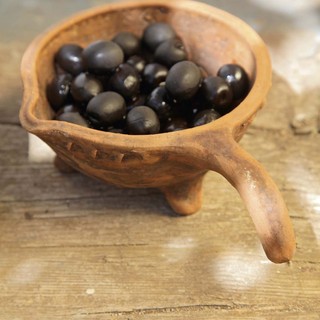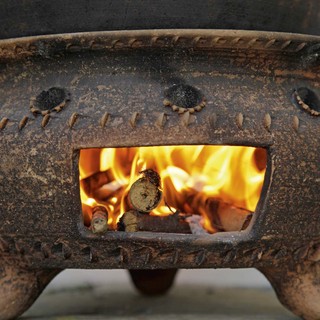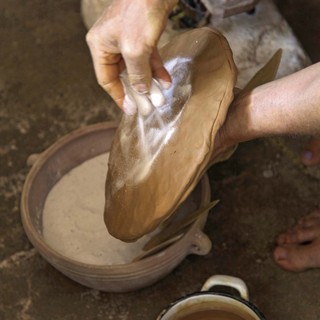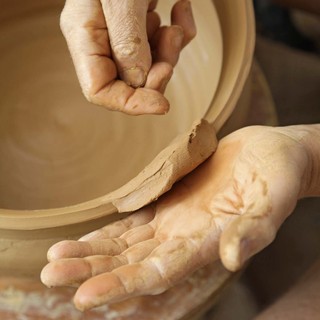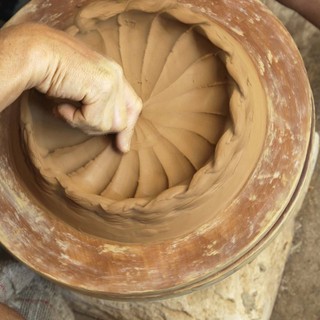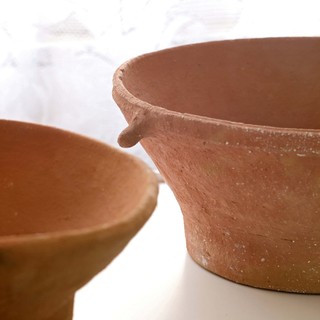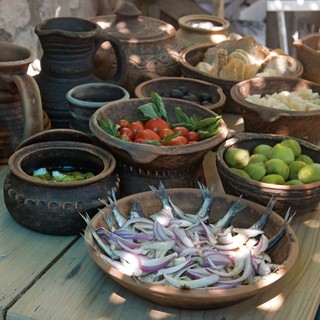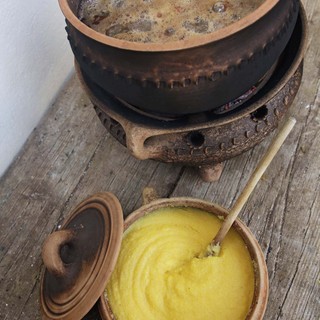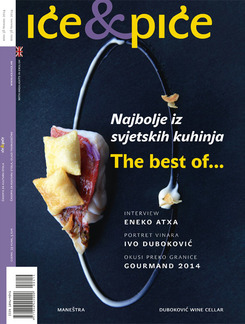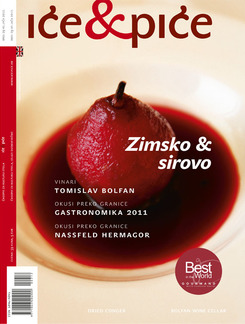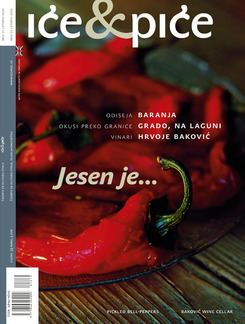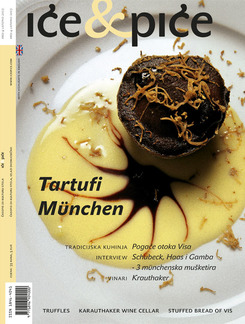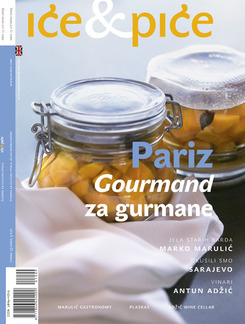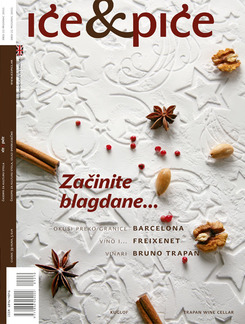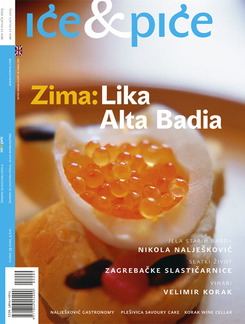Predrag Petrović – Pepi, the last Iž lopiž maker, doesn’t take this kind of sobriquet as any kind of compliment. I just can’t accept the idea that such a wonderful skill, part of the wealth of our heritage, is simply vanishing. And it is vanishing, before our eyes – says Pepi.
Tradition of potting on Iž island
The ancient inhabitants of the island were Illyrians. According to the finds of archaeologists, pieces of terracotta ware have been found in the dry-stone hill forts of Veli Iž. A historical document of 1530 mentions a craftsman producing clay pots – Orović called the Potter. In 1743, Ivan Ivičin the Potter is mentioned. One item says that at the end of the 1820s a craftsman came from Bassano in Italy to the island in order to update this kind of production.
On Iž, the manner of work is characterised by its three basic phases:
- mixing refined clay and ground calcite, mixing with the feet
- throwing on a hand-operated potter’s wheel and
- firing at an open fire, the pots being underneath the fire.
What also gives charm to the Veli Iž potting tradition is the whole series and the richness of different forms of vessels that can be used even today.
The appearance of easier and better paying occupations after World War II had its effect. People rapidly started leaving the work. A tradition that, as we have seen, lasted for centuries, was practically on the verge of extinction. Just one potter on Veli Iž is making and showing them, presenting this centuries-old tradition to the public. (P.P. –P.)
That one is the already mentioned Predrag Petrović – Pepi, the last Iž lopiž potter. Pepi is waiting for us at the landing in Veli Iž where we leave the ship we boarded in Zadar. It’s summer, the sun is beating down and our eyes are already eagerly looking around for shade, but we think somehow in wonder of what it must be like here in winter. When there are for sure no tourists, when the welcome is different, when dark falls early and when the locals remember the past and their departed lopiž makers.
In my family several generations back no one has been into potting. The lopiž makers I learned from are all deceased. In order, their names are: Ive Vlahov (from Ogradica), Romano Vlahov (from Galija), the brothers Marijan and Libero Sutlović, Ive Sutlović (Gazdar) and Mate Gabetin, Pepi tells us when we have settled in the shade.
In my family I make lopižes and other pans, but then there is Nika (daughter), much less (though not by any means negligibly) because she’s still a student. She’s a regular guest at my exhibitions (like her mum Jadranka), where they regularly have their own – very decent – display case. In the spring Nika will have a workshop in the National Museum of Zadar in the traditional making of Iž lopižes for a group of students of archaeology and ethnology from Florida. If they called me the last Iž lopiž maker, this summer, when she presented the making of lopižes at the Days of the Sun event she was pronounced the first Iž lopiž makeress. In the whole history of Iž, women have never sat at the potter’s wheel. All the relevant institutions of this society (Ministry of Culture, Zadar County, City of Zadar, National Museum in Zadar) are very well acquainted with the current state of affairs in this property, and do plenty, inasmuch as they can at present. More energetic and better organised activity of all the factors is required, so that after so many centuries of surviving we shouldn’t lose this national treasure. Now when we have least excuse for it!
So, in spite of all, Pepi still has words of understanding for the insufficiently active institutions. But I cannot resist the impression that for years now all around Croatia the tourist boards have been holding competitions for original souvenirs. I guess that a souvenir has to be something outside everyday life, and that tradition and the very likely danger of disappearance is a handicap to Iž potting. And perhaps these lovely forms and names (lopiž, fogun, škaldin, koguma) are too complicated for the administration.
Although the name Iž lopiž is most often connected with the dish of the same name prepared in the pot, made of lamb, root vegetables, broad bean, pea, artichoke and other additions, the locals made us a fish stew of whitebait. As for lopiž cusine, my wife and daughter are the masters. Jaki (Jadranka) cooks traditional food, Nika macrobiotic. In this case, I am a very good customer for all their specialities, says Pepi firmly.
And we are too, I would say at the end. For from the actual preparation, making the fire first of all in the fogun (fishermen’s camp cooker) placed on a wooden table in which there are a few pieces of wood that at once create a fantastic heat, to looking at the lopiž with all the ingredients bubbling away, to the taste of the stew and the feel of the touch of lips with the clay beaker, you feel that you are existing in some other time.
And we have nothing else to add, only, that for them and for us all we want a renaissance of Iž potting and what is made in the pots.
